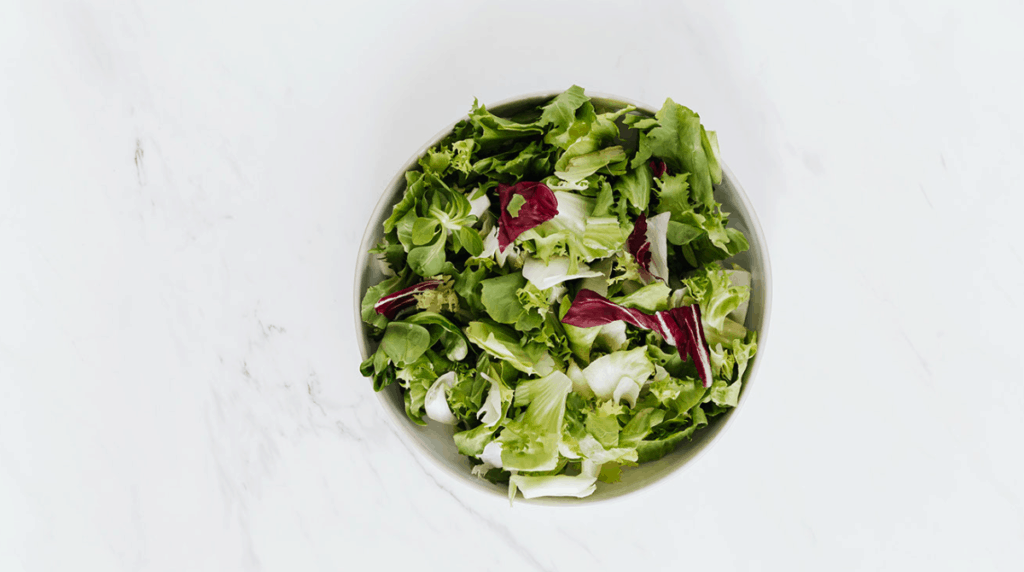Fruits and vegetables are naturally low in calories, as most are virtually fat-free.
Fruit is generally higher in sugar (fructose) at an average of 10% of its weight; it does however depend on the water content of the fruit—for instance, melons contain about 5% sugar, while bananas have 20%.
Dehydrated fruit are higher in sugar -on average, about 70% of their weight – as their liquid is evaporated and the sugars (among other components) concentrated.
Some vegetables are, in fact, high in oils that are considered beneficial, such as in walnuts which have 45% of fats including omega 3 and 6 fatty acids, which are also present in some types of fresh fruit such as 16% in avocado and 30% in coconut.
The minerals in fruit and vegetables contribute to the daily recommended nutritional requirements, in particular of magnesium, potassium, calcium, zinc, iodine and iron; the absorption of iron through vegetables is in general between 2 and 10% of the amount of the mineral in the vegetables.
Vitamin C promotes the absorption of iron from vegetables—a great idea is to dress them with lemon juice!
Fruits and vegetables are a source of vitamins in good quantities: vitamin A, vitamin C, and folic acid as well as antioxidants such as lycopene from tomatoes which are also rich in vitamin C, found mainly in yellow, orange, red fruit and green leafy vegetables, in addition to orange vegetables like carrots.

To meet the daily nutritional requirements of fruit and vegetables, the guidelines for a good diet recommend the following quantities:
- a portion of raw vegetables, 50/80 grams or cooked 200/300 grams for lunch and dinner to be used as part of main courses or one-dish meals
- 3 fruits a day, the size of your fist—for snacks, dessert, or as part of a meal.
The fresher the fruits and vegetables are, the more they retain their nutritional level, therefore seasonal and zero-kilometre products should be preferred and, among preserved products, frozen foods.
Fruit juices and other preparations are often deficient in their original nutrients and fibre.
We are used to finding a wide variety of fruits and vegetables in the shops all year long, without even realising which are in season.
This is a shame and loss to consumers, because their properties are not the same outside their natural time of growth. Seasonal products grow to full maturity naturally, and so are richer in vitamins, mineral salts and phytonutrients.
Based on their composition of nutrients, vegetables are classified into the following categories:
- common vegetables: basic nutrition
- dark green leafy vegetables: rich in antioxidants, but contain little water
- light green leafy vegetables: rich in antioxidants and vitamin C
- legumes: rich in fibre
- vegetables: rich in vegetable proteins and iron
- root vegetables: rich in vitamins
- tubers: rich in vitamins and fibre.
